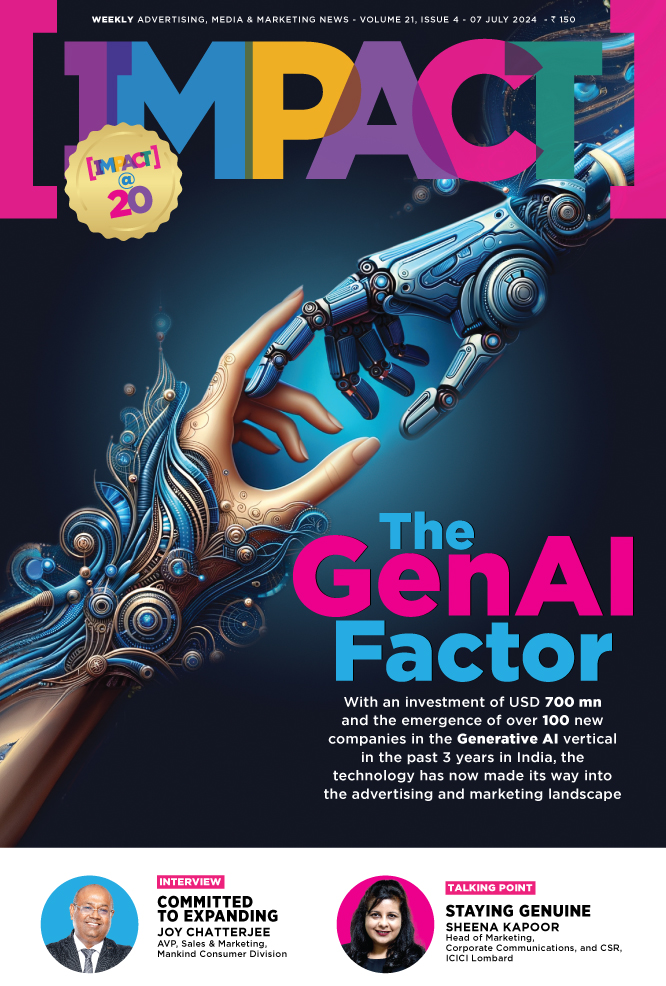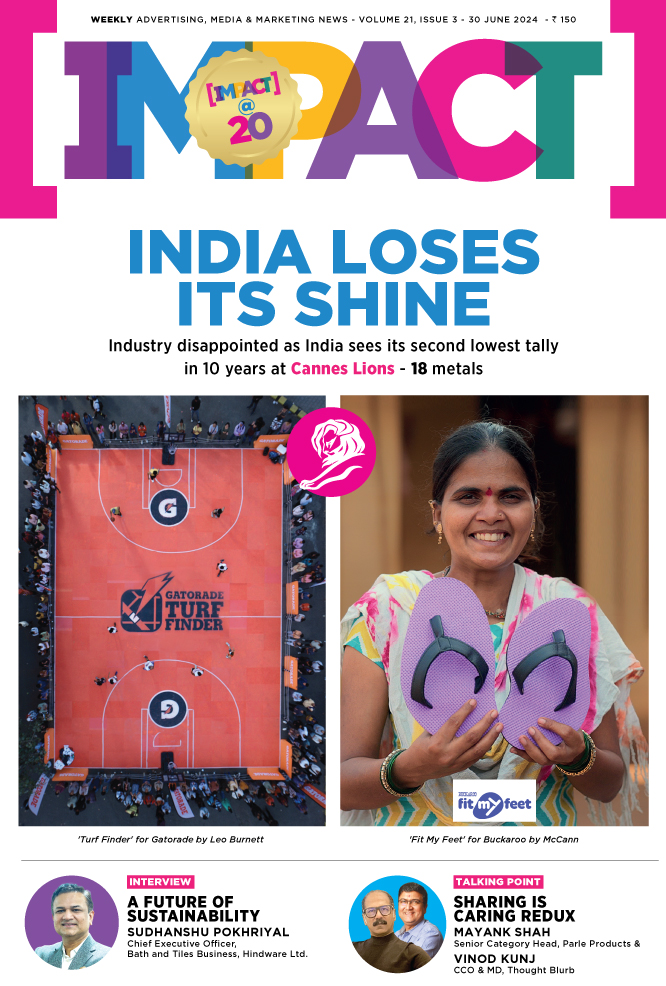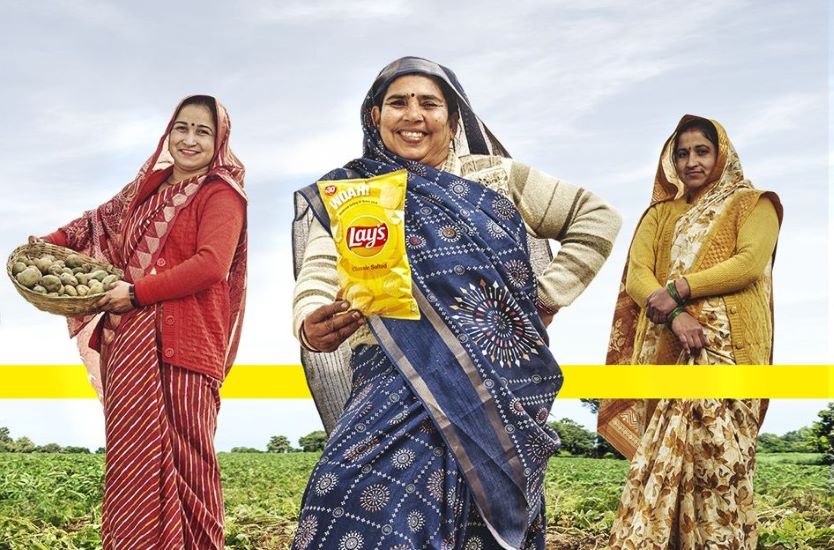As Vh1 turns 10, Ferzad Palia, EVP & Business Head, English Entertainment, Viacom18, recounts the journey of the channel. When MTV turned mass, the strategic thinking for Vh1 was to enter the English music space vacated by it. While the initial going was tough and pressure was to ramp up and scale up profitability, Palia believes that staying the course has helped the channel become one of the most profitable ones in the Viacom18 stable
By Simran Sabherwal
A humble beginning. That’s what Ferzad Palia, EVP & Business Head, English Entertainment, Viacom18, says recalling the launch of the Vh1 channel from the Viacom18 stable 10 years ago. Apparently, the Vh1 team was suddenly told that the launch date was 15 days away. So the five-member team – including Palia - got down to handling everything to ensure a smooth launch on January 1, 2005. “The first five years of the channel were very tough. Revenues were hard to come in and it was hard to explain to people that international music and lifestyle is a genre and we needed to build the genre by ourselves.” While other TV channels had gone mass, radio stations too had stopped playing English music. In this scenario, the task was set - re-popularize English music, a genre which was consumed heavily in the 90s, but had given way to Bollywood in the new millennium.
Five years into operations, Vh1 - which had started with only 40 music videos – saw its fortunes changing. “We saw a lot of traction coming in and that is when the seeds of the investment started bearing fruit,” says Palia.
Scaling Up
From being present in just three cities, a conscious effort was made to make Vh1 available across the country much before the first phase of digitization kicked off. What aided the growth was the increased presence of DTH players, particularly in the smaller markets. While the initial reception on analogue signals made the reception blurry and sampling difficult, DTH also helped improve the quality.
In time, the channel introduced genre specific music blocks, starting with ‘Hip Hop Hustle’ and ‘Rock Rules’, which helped increase eye-balls. “We realized we needed to do different things for different audiences by virtue of being the only one playing this content,” says Palia. With this thought process, ‘Vh1 Classics’ was launched on weekends for the more mature audience and peppy music was offered in the mornings to attract people working out in the gym. Explaining the thought behind this, Palia says, “We knew that we did not have a Rs 50 crore budget to popularize ourselves. So we went to captive places like gyms, salons, coffee-shops and made sure that every television set played Vh1. It did not need to be forced, because consumers were automatically going to Vh1 after sampling it.” With a long-standing relationship with Barista, the channel recently tied up with Café Coffee Day.

The next step-up in 2009 was to compete in the broader English entertainment genre by focusing on differentiated programming with long format shows like ‘Fabulous Life’ and ‘Pimp My Ride’. Post this, the channel ventured into live programming by acquiring the Indian telecast rights for major award shows such as the Grammy Awards, Billboard Music Awards, MTV Video Music Awards, BRIT Awards, American Music Awards and Golden Globe Awards. The rationale behind this, says Palia, is that Vh1 sees itself not as a music channel but as an English GEC. “We are clearly competing with English entertainment channels, a category which has an estimated ad revenue size of Rs 175 crore, in which Vh1 commands a viewership share of 20-22%,” he explains. Commenting on the viewer profile, he says that though urban youth, aged 15-24 make up 55% of the viewer base, the channel also attracts the over 25 mature audience set.
According to Palia, live TV is extremely important from a buzz and virality point of view and also important in building a brand, specially an unknown one. A focus since inception has been on on-ground properties and the first event, Vh1 Jazz Masters, was in fact held just a fortnight into launch which in turn helped attract the advertiser’s interest. This set the ball rolling for more properties from Nokia Hip Hop Hustle to its recent big ticket property, Vh1 Supersonic.
On associations with advertisers, Palia says that Vh1 has always worked hard on customization for advertisers, be it in integration or on the innovation front and this is where the channel’s strength lies. Instead of focusing on 10-seconds, the channel looked at integrating brands, ranging from jewellery, automobile, beauty, FMCG, across events and shows.
Looking Ahead
How long did it take for Vh1 to break even and become profitable? “It took about eight years to break even, but we weren’t losing money, so we were still maintainable by the network,” says Palia. “Today, Vh1 is one of the most profitable businesses in the network growing at very healthy rates.” While subscription and advertising revenues have grown manifold, investments made in the newer streams of revenue - Digital, Live, Consumer Products - are also now set to bear fruit. With social media and Digital being the buzzword, the channel is also bullish on the Vh1 app and is looking at curating unique content for it.
Feedback: simran.sabherwal@exchange4media.com






















